The ARCS Model of Motivational Design
Tesseract Learning
SEPTEMBER 16, 2020
“Motivation refers broadly to what people desire, what they choose to do, and what they commit to do” (Keller, 2009). Keller (2009) groups them into four categories. The third group delves into cognitive, attributional, and competence theories. ARCS Model Categories, Definitions, and Process Questions (Keller, 2009).


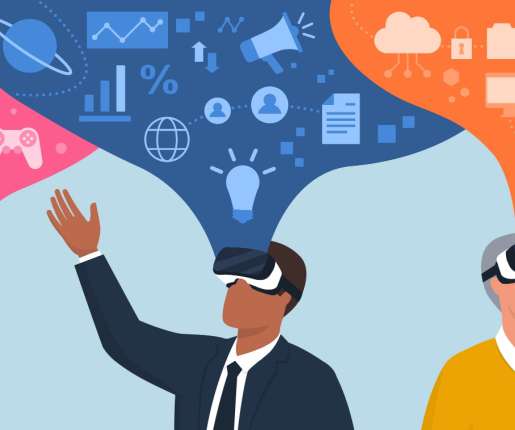












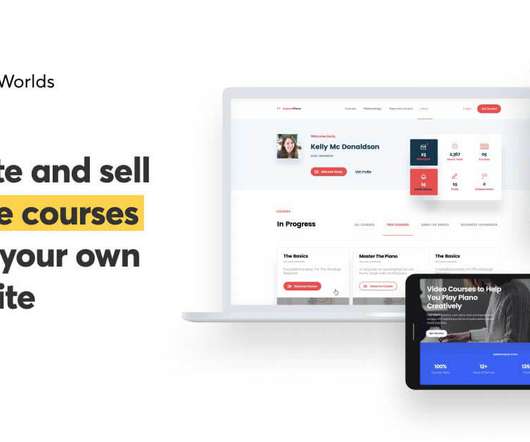



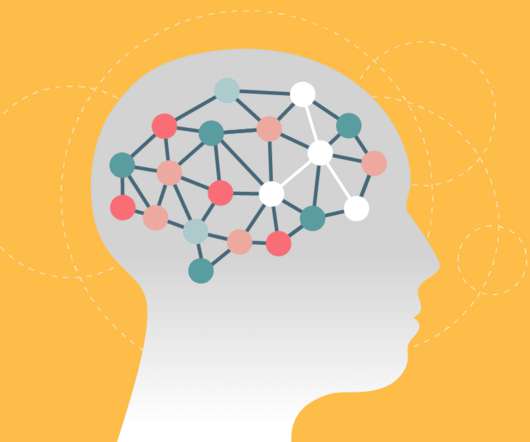
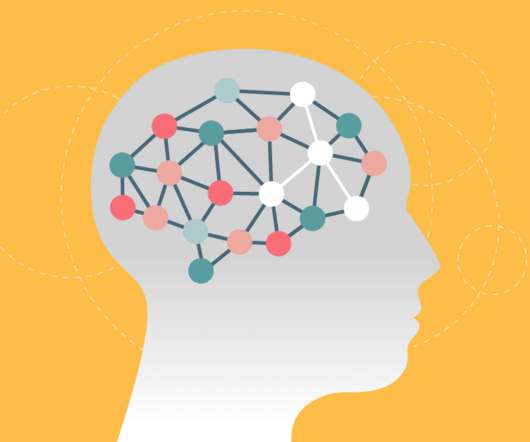


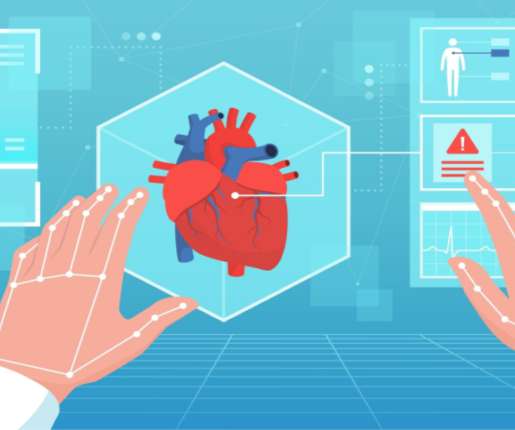











Let's personalize your content